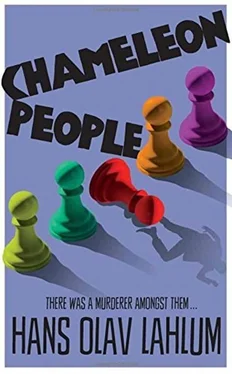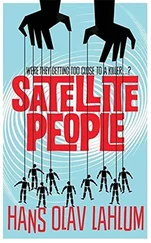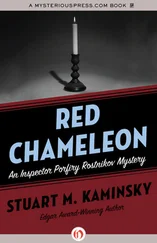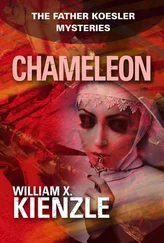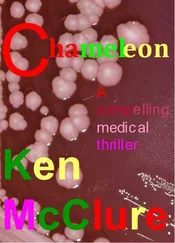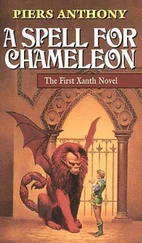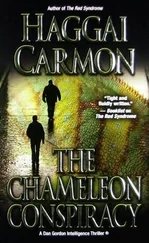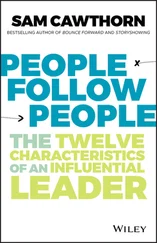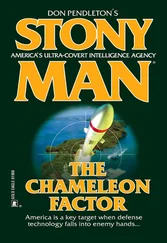There was broad support for this in the Storting, but leading members of the Norwegian Communist Party were critical of a postponement in signing the agreement with the Soviet Union. A couple of SPP politicians were critical of the NCP politicians’ criticism, and feared that any prospects of cooperation to the left of the Labour Party in connection with the general election in 1973 were now slim.
It struck me as I watched that even though my personal drama was hopefully now over after a nightmarish twenty-four hours, I was still investigating two murder cases that could be of considerable importance both nationally and internationally. And I felt remarkably calm about it. All that remained, now that the part of the case that involved a foreign superpower was resolved and my fiancée had been safely returned, was a classic murder mystery. It was, to be fair, an unusually complicated murder investigation, with several parties involved and more possible sidetracks than in any of my other cases. And yet I felt certain that we would solve it in the course of the weekend. Patricia had been so confident and happy, almost lighthearted, this evening – it could only be a good sign.
A quarter of an hour after I had turned off the television, I found myself worrying largely about Patricia’s boyfriend. I accepted that Johan Fredriksen was clearly innocent of both murders, and I respected the fact that he was Patricia’s boyfriend. But I reserved the right to dislike him and their relationship. The fact that I was jealous that Patricia had a lover bothered me so much that I had to ask myself if my feelings would have been any stronger if it had been Miriam who had one. I remembered Miriam’s little smile in her sleep at Ullevål and felt almost sick at the thought. But I still had to admit that the answer was not a clear-cut yes.
In the end, I had to acknowledge that I found myself caught in a painful and classic dilemma. Regardless of what happened now in the investigation, I still had a fundamental problem, in that I now, in two different ways, was very fond of two different women. Both had sacrificed a lot for me, and I had had different strong and emotional experiences with both of them. Before the start of this murder investigation, I had been certain of which one I could not live without. I was no longer so sure.
Paradoxically, the fact that Patricia now had a boyfriend was apparently what was needed for me to realize how much she meant to me. On a number of previous occasions, after her father’s death in particular, I had found myself thinking how much easier it would be if Patricia had more friends than just me. And now that she did, I almost instinctively reacted negatively. And my dilemma as to what I should tell Miriam about my contact with Patricia would once again become pressing the moment Miriam woke up.
So Friday, 24 March 1972 had indeed provided great relief, another death and some useful information. It had been a rollercoaster ride to the very end. I fell asleep just before midnight, alone in my bed, with alternating pictures of Patricia and Miriam in my mind.
The picture that stayed just before I dropped off was of the sleeping Miriam as she tried to smile at me from her deep slumber at Ullevål Hospital. I tossed and turned in bed more than usual before eventually I fell asleep.
DAY EIGHT: Lots of Answers – and an Unbearably Painful Question
Saturday, 25 March 1972 started for me at half past seven – and on a low, as anticipated. Two of the morning papers carried short reports that the fiancée of the head of the Fredriksen investigation had been reported missing earlier the day before, but had then been found again in the evening.
The shooting at the National Theatre and the postponed signing of the Barents Sea agreement, on the other hand, were on all the front pages. All the newspapers were careful to point out that the incident was as yet unexplained, but all agreed that the signing of the agreement should be postponed as a result of this uncertainty. Any links to the Fredriksen case were still unclear, though even Aftenposten wrote that ‘the pressure on the head of investigation Kolbjørn Kristiansen will now be even greater.’ I could not even bear to think about what Verdens Gang would write.
Reading these reports in the papers felt like a hard start to the day. But gradually I came round to the idea that, in isolation, it was not such a bad thing. I was very glad that the drama with Miriam had not been picked up by the press. I was not sure that my boss had assessed the mood correctly with regards to the interpreter. I thought that her murder, if it remained unsolved, might be revisited by the press, certainly if the suspicions of a Soviet execution proved to be persistent. But if that was the case, it would be Danielsen’s problem and responsibility. My responsibility was limited to the murder of Per Johan Fredriksen and his daughter, which I now had every hope we could solve before Monday.
It suited me very well that the Fredriksen murders had been overshadowed by the shooting at the National Theatre. I could eat my breakfast in peace without the telephone ringing. Though they did call from the main station at a quarter past eight to say that I was invited to another meeting at the Soviet Embassy as soon as possible. I asked them to pass on the message that I would be there at nine.
The table was set for three today. It almost felt a little unsafe sitting there under the portrait of Brezhnev alone with two Soviet citizens. However, today’s meeting was much shorter and far more relaxed. The vice-ambassador came in with the same interpreter as yesterday and smiled as he shook my hand.
‘The vice-ambassador hopes that you are pleased with developments and thanks you for your help in resolving the situation without any unnecessary speculation or scandal,’ the interpreter said.
For which I thanked him, with somewhat mixed feelings. Then I asked if the embassy had any new information that might help to solve the murder of Per Johan Fredriksen.
‘The embassy would be more than happy to help and the vice-ambassador hopes that we can do so. We can first of all assure you that your meetings with our colleague Sergey Klinkalski in various parts of the city were pure coincidence. Comrade Klinkalski likes to familiarize himself with the different parts of the town or city where he is working, including the more working-class areas, so he spent a couple of days exploring the city. Unfortunately he could not be here himself today, as he has been transferred to an important position in another embassy at short notice. Klinkalski left Norway late yesterday evening. He asked us to pass on his best wishes and this, his written statement.’
I thanked him somewhat insincerely. The situation felt a little absurd – but at the same time, very exciting. And it was no less absurd or exciting when the vice-ambassador then produced a folded sheet of paper and handed it to me almost ceremoniously.
The folded sheet contained a typed statement in perfect Norwegian with a very elegant signature:
As a result of my wish to familiarize myself with Oslo, I found myself at Majorstuen in the evening on Saturday, 18 March 1972. There were not many people around. One of the men was Per Johan Fredriksen, whom I did not know at the time, but subsequently realized was a leading politician when I saw his photograph in the newspaper.
Fredriksen was first stopped on a street corner by a young boy on a bicycle. They exchanged a few words, then Fredriksen waved him off and carried on walking. The boy stood there for a while, then turned round, got onto his bike, and cycled slowly off in the opposite direction.
Fredriksen walked on to the next corner, where a middle-aged woman waved to him. The woman seemed to be known to Fredriksen, as he went over to her. They exchanged a few words, whereupon the woman drew a knife and stabbed Fredriksen in the chest. Fredriksen shouted, fell to the ground and lay there. The woman stood there for a few seconds, then ran as fast as she could down the street in the direction that Fredriksen had come from.
Читать дальше
